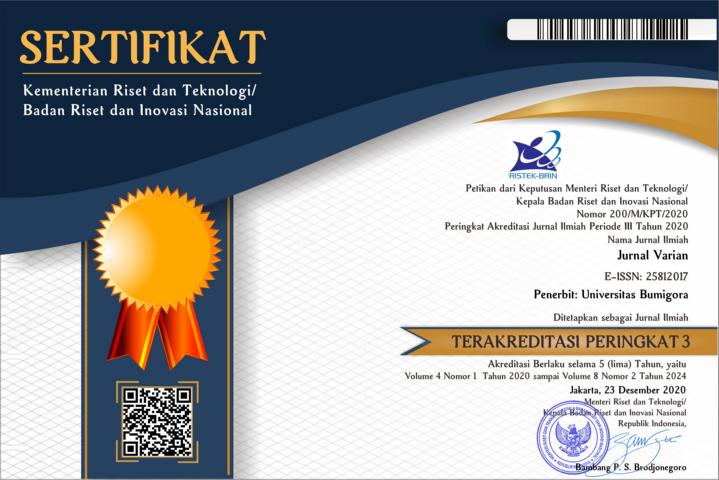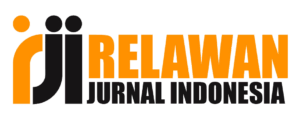Mengetahui Adanya Pengaruh Pemanfaatan Teknologi Ponsel Dan Smart Phone Terhadap Peningkatan Produktifitas Industri Rumahan Di Lombok
Abstract
The implementation of Productivity Enhancement activities for Home Industry players (HI) through Information Communication of Technology (ICT) or Utilization of Information and Communication Technology (ICT) is a program of the Ministry of Women's Empowerment and Child Protection (KPPPA) in collaboration with the Association of Higher Education Informatics and Computers ( APTIKOM).
This program was carried out in order to improve the economy of women, so that home industry players in Indonesia, especially in West Nusa Tenggara (NTB) in order to develop better and more able to increase productivity and computer science. With ICT training, it will certainly be able to improve its quality especially in utilizing technology or the digital era in an effort to market products by no longer using manual systems.
With the digital era, IRs can market their products with On Line systems. Especially in the face of the era of globalization, they will be able to take advantage of existing sites, how to find products, how to determine the price of how to create e-mails and how to use social media or to develop creative businesses.
References
[2] S. Iskandar, S. Afriyatna, and E. Hastuti, “Analisis Tingkat Keuntungan dan Kendala Usaha Industri Rumah Tangga (Home Industry) Kopi Bubuk di Kelurahan Kelumpang Jaya Kecamatan Tebing Tinggi Kabupaten Empat Lawang,” Soc. J. Ilmu-Ilmu Agribisnis, vol. 7, no. 2, p. 142, 2019.
[3] B. Arfanly, M. Sarma, and M. Syamsun, “Peran Entrepreneurial Marketing dalam Peningkatan Kinerja Pemasaran pada,” Manajermen IKM, vol. 11, no. 2, pp. 141–150, 2016.
[4] T. Pradiani, “Pengaruh Sistem Pemasaran Digital Marketing Terhadap Peningkatan Volume Penjualan Hasil Industri Rumahan,” J. Ilm. Bisnis dan Ekon. Asia, vol. 11, no. 2, pp. 46–53, 2018.
[5] H. A. Mumtahana and S. Nita, “Perancangan Aplikasi E-Commerce Pada Industri Kulit Magetan,” Pros. Semin. Nas. Has. Penelit. LPPM Univ. PGRI Madiun, vol. 0, no. 0, pp. 331–336, 2017.
[6] A. Abdurrahman and S. Masripah, “Metode Waterfall untuk Sistem Informasi Penjualan,” Inf. Syst. Educ. Prof., vol. 2, no. 1, pp. 95 – 104–95 – 104, 2017.
[7] O. Linton, Probability, statistics and econometrics. 2017.
[8] Suliyanto, “Uji Asumsi Klasik Normalitas,” in Ekonometrika Terapan : Teori & Aplikasi dengan SPSS, 2011, p. 69.
[9] F. Hussin, J. Ali, and M. S. Z. Noor, Kaedah Penyelidikan & Analisis Data SPSS. 2014.
[10] Sugiyono, “Metode Penelitian Pendidikan Pendekatan Kuantitaif, Kualitatif, dan R&D,” Metode Penelitian Pendidikan Pendekatan Kuantitaif, Kualitatif, dan R&D. pp. 283–393, 2013.
[11] A. Suharsimi, Prosedur Penelitian : Suatu Pendekatan Praktik (Edisi Revisi). 2013.
[12] J. W. Gooch, “Paired Sample T-Test,” in Encyclopedic Dictionary of Polymers, 2011, pp. 990–990.
[13] I. Ghozali, “Aplikasi Analisis Multivariete Dengan Program IBM SPSS 23, Edisi 8,” in Badan Penerbit Universitas Diponegoro, 2016.


















